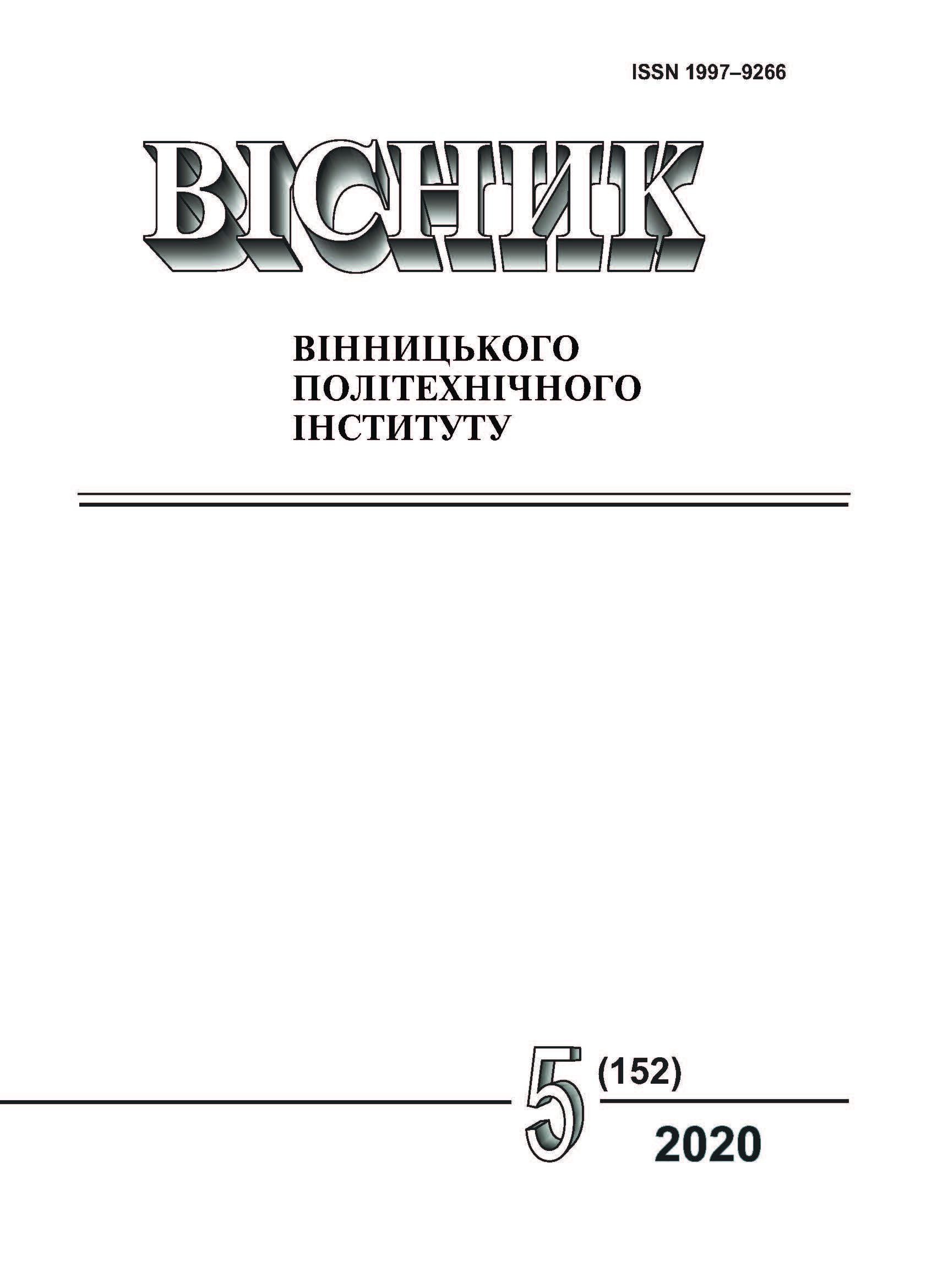Prospects of Using Carbonate Mineral Raw Materials of Podіlia in Technology of Autoclave Concrete Production
DOI:
https://doi.org/10.31649/1997-9266-2020-152-5-7-16Keywords:
autoclaved aerated concrete, carbonate raw materials, energy efficiencyAbstract
The advantages of autoclaved aerated concrete as a modern structural and heat-insulating material are shown. The current state of energy and environmental problems related to the production of autoclaved aerated concrete and its components has been studied. The data on the environmental impact of greenhouse gas emissions from the production of mineral binders show that the cement industry accounts for 7…10 % of total CO2 emissions.
It is noted that the reduction of energy consumption for the production of cement and cement materials, including autoclaved aerated concrete, corresponds to the existing reserves for reducing Ukraine’s energy dependence and environmental restrictions related to greenhouse gas emissions.
The data on the formation of the regulatory framework for the production of autoclaved aerated concrete and the use of active mineral additives of natural and man-made origin in order to reduce the high energy consumption of the clinker component in its composition. On the basis of analytical researches prospects of use of carbonate additives in technology of production of cement materials and aerated concrete of autoclave hardening are shown.
The analysis of the current state of limestone extraction and its use in the country’s economy is given. The construction industry accounts for about 30 % of its total consumption, and 60…70 % is used by the metallurgical industry.
Due to the rapid growth of imports of limestone raw materials to Ukraine, potential opportunities for the use of explored reserves of limestone raw materials, which are concentrated on the left bank of the Dniester. Specific data of geological exploration works carried out in the 30s, 40s and 80s of the last century, which can be used for the production of lime and multifunctional additives in autoclaved aerated concrete, are given.
References
Р. Ф. Рунова, Л. Й. Дворкин, Ю. Л. Носовський, і О. Л. Дворкин, В’яжучі речовини. Київ, Україна: Основа, 2012.
P. Alsubarі, and M. Z. Shafіgh Jumaat, “Utіlіzatіon of hіgh-volume treated palm oil fuel ash to produce sustainable self-compacting concrete,” J. Clean. Prod., № 137, р. 982-996, 2016.
Д. Г. Рудченко, Н. О. Дюжилова, і В. Р. Сердюк, «Оцінка можливості застосування доменних гранульованих шлаків в технології виробництва автоклавного газобетону,» Вісник ОДАБА, № 79, с. 117-126, 2020.
СН 277-80. Инструкция по изготовлению изделий из ячеистого бетона. Госстрой России. М.: ГУП ЦПП, 2001, 47с.
Д. І. Аршинніков, і В. А. Свідерський, «Порівняльний аналіз мінералогічного складу природної крейди родовищ України,» Technology audіt and productіon reserves, № 4 (24), р. 7-11, 2015.
В. О. Хмелевський, і О. В. Хмелевська, Літологія: Осадові породи. Львів: ЛНУ імені Івана Франка, 2015.
Доповідь про стан навколишнього природного середовища у Вінницькій області, 2017, 247 с. [Електронний ресурс]. Режим доступу: https://geography.lnu.edu.ua/wp-content/uploads/2017/10/42320198.pdf .
В. Г. Хозин, и О. В. Хохряков, «Карбонатные цементы низкой водопотребности,» Технологии бетонов, № 11-12, с. 25, 2009.
Z. Gіergіczny, J. Małolepszy, J. Szwabowskі, and J. Slіwіnskі, “Cementy z dodatkamі mіneralnymі w technologіі betonow nowej generacjі,” Gorazdze cement. Opole, 2002.
М. А. Саницький, і Х. С. Соболь, Модифіковані композиційні цементи, навч. посіб. Львів, Україна: вид-во Львівської політехніки, 2010, 132 с.
Й. Штарк, и В. Бернд, Цемент и известь, П. Кривенко, ред. Киев, Украина: Оранта, 2008, 480 с.
W. Locher Frіedrіch “Cement – Prіncіples of productіon and use,” Verlag Bau+Technіc Gmbh, 2006, 536 p.
В. В. Тимашев, и В. М. Колбасов, «Свойства цементов с карбонатными добавками,» Цемент, № 10, с. 10-12, 1981.
Т. П. Кропивницька, М. А. Саницький, і І. М. Гев’юк, «Вплив карбонатних добавок на властивості портландцементу композиційного,» Вісник Національного університету «Львівська політехніка»: Теорія і практика будівництва, № 755, с. 214-220, 2013.
Т. В. Жидкова, С. М. Чепурна, і О. С. Борзяк, «Механізм впливу добавки високодисперсної крейди на процеси структуроутворення цементного каменю,» Будівельні матеріали та технології, Вісник ОДАБА, № 72, с. 99-106, 2018.
В. Р. Сердюк, і Амер Номан, «Теоретичні передумови підвищення водостійкості фосфогіпсозольних в’яжучих,» Вісник Вінницького політехнічного інституту, № 3, с. 20-32, 1998.
А. В. Волженський, В. И. Стамбулко, и А. В. Феронская, Гипосо цементно пуцолановые вяжущие, бетоны и изделия. Москва: Стройиздат, 1971, 136 с.
Ю. М. Бутт, и Л. И. Рашкович, Твердение вяжущих при повышенных температурах. Москва: Стройиздат, 223 с, 1965.
А. А. Воровьев, и В. И. Елдфиров, «Влияние карбонатных добавок на долговечность ячеистых бетонов», Весник РУДН. Инженерные исследования, № 1, с. 86-89, 2001.
Downloads
-
PDF (Українська)
Downloads: 437
Published
How to Cite
Issue
Section
License

This work is licensed under a Creative Commons Attribution 4.0 International License.
Authors who publish with this journal agree to the following terms:
- Authors retain copyright and grant the journal right of first publication.
- Authors are able to enter into separate, additional contractual arrangements for the non-exclusive distribution of the journal's published version of the work (e.g., post it to an institutional repository or publish it in a book), with an acknowledgment of its initial publication in this journal.
- Authors are permitted and encouraged to post their work online (e.g., in institutional repositories or on their website) prior to and during the submission process, as it can lead to productive exchanges, as well as earlier and greater citation of published work (See The Effect of Open Access).





